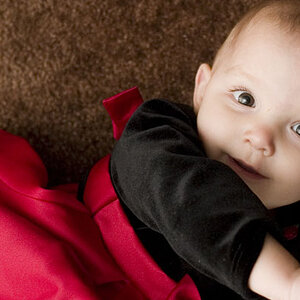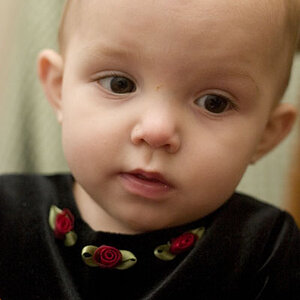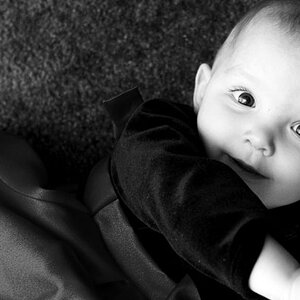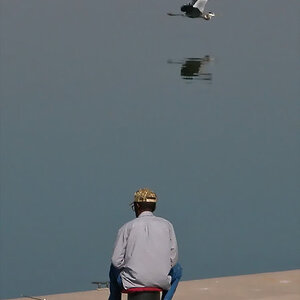Evan55T
TPF Noob!
- Joined
- May 17, 2015
- Messages
- 61
- Reaction score
- 4
- Location
- NJ
- Website
- forumserver.twoplustwo.com
- Can others edit my Photos
- Photos OK to edit
So the most important thing(s) i should do is...
-try to line up the camera/viewfinder with lines within my frame so that would be my base for trying to get things even or level within the shot/frame/photograph.
-move back + use a shorter focal length lens
So in general i guess a lot of people use post-process to fix the leveling issue via cropping was always curious about this, coz i figured some people were naturally good at getting things to line up/level out perfectly lol and that it was a big deal to get things to be level in a shot *all the time*.
---
Thanks everyone for their responses really helps me out a lot thank you again
-try to line up the camera/viewfinder with lines within my frame so that would be my base for trying to get things even or level within the shot/frame/photograph.
-move back + use a shorter focal length lens
So in general i guess a lot of people use post-process to fix the leveling issue via cropping was always curious about this, coz i figured some people were naturally good at getting things to line up/level out perfectly lol and that it was a big deal to get things to be level in a shot *all the time*.
---
Thanks everyone for their responses really helps me out a lot thank you again
Last edited:







![[No title]](/data/xfmg/thumbnail/42/42457-a2cc06037a1ecaed84b9f0e5366fa8c7.jpg?1619740191)
![[No title]](/data/xfmg/thumbnail/31/31013-b871f1d295c83b831c1423028e1ce5dc.jpg?1619734568)



![[No title]](/data/xfmg/thumbnail/36/36100-56ca0f8143ffca369fbf5f3dfe9cabd4.jpg?1619737343)
